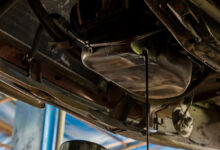Tyre Manufacturing Date Guide. Find Car Tyre Age in Month, Year
Are you wondering how to tell when your car tyres were made? Whether it’s for safety, replacement or repair reasons, knowing the age of your car tyres is important. But where do you begin? Luckily, there is an easy way to find the date of manufacture of your tyres. By using the Tyre Manufacturing Date Guide (TMDFG), you can quickly and easily determine the year and month that your tyres were created. Read on to learn more about this guide, why it’s important, and how to use it!
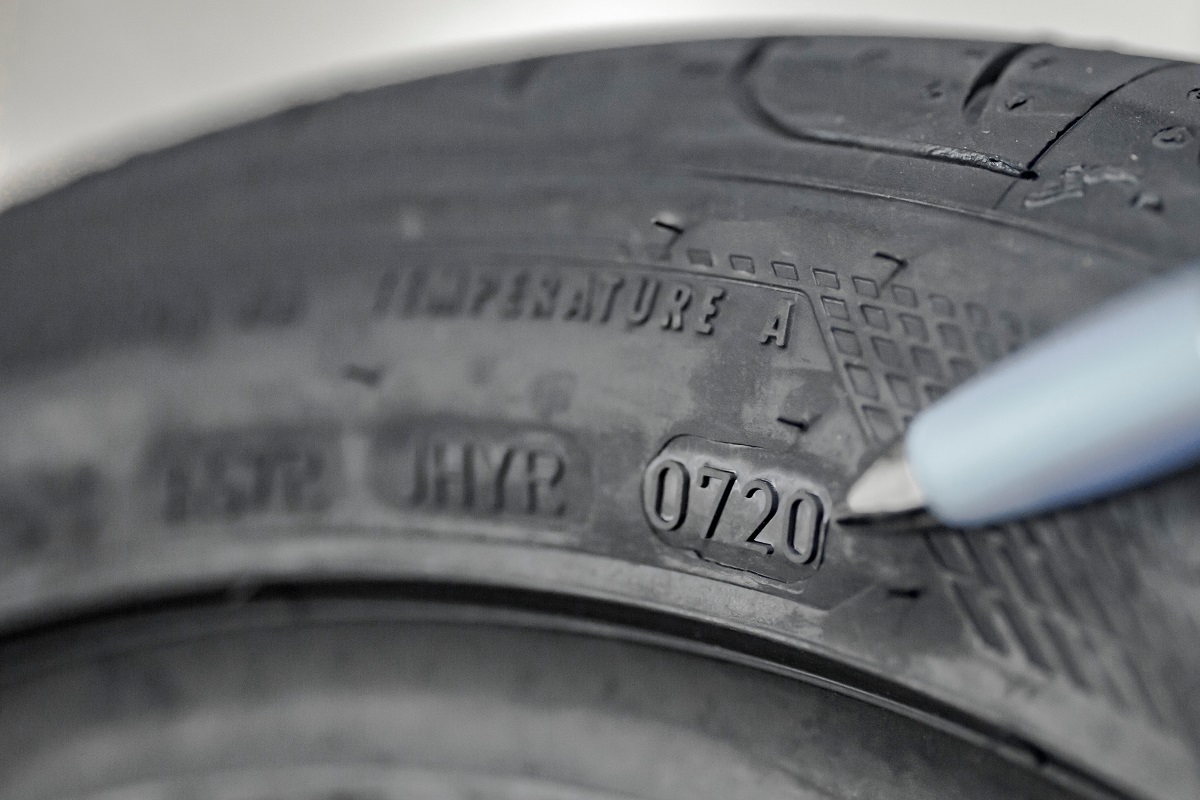
[lwptoc]
How to check the date of manufacture for your tyres
It’s important to know the date of manufacture for your tyres for a number of reasons. The main reason is safety, as tyres age they deteriorate and can become unsafe.
There are a few different ways that you can check the date of manufacture for your tyres. The first is to look at the sidewall of the tyre. There should be a 4-digit code that indicates the week and year the tyre was made. For example, if the code is 1210, that means the tyre was manufactured in the 12th week of 2010.
Another way to check the date of manufacture is to look at the DOT code, which is a series of numbers and letters on the sidewall of the tyre. The last four digits of this code indicate the week and year that the tyre was made. So, if you see a DOT code that ends in 1210, you know that tyre was manufactured in the 12th week of 2010.
If you can’t find either of these codes on your tyres, it’s likely they were manufactured before 2000 and may need to be replaced.
To summarise, it’s important to know the date of manufacture for your tyres so that you can replace them when necessary. You can find this information on the sidewall of your tyres, either by looking at the 4-digit code or DOT code. If you can’t find either of these codes on your tyres, it
What is the average lifespan of a tyre?
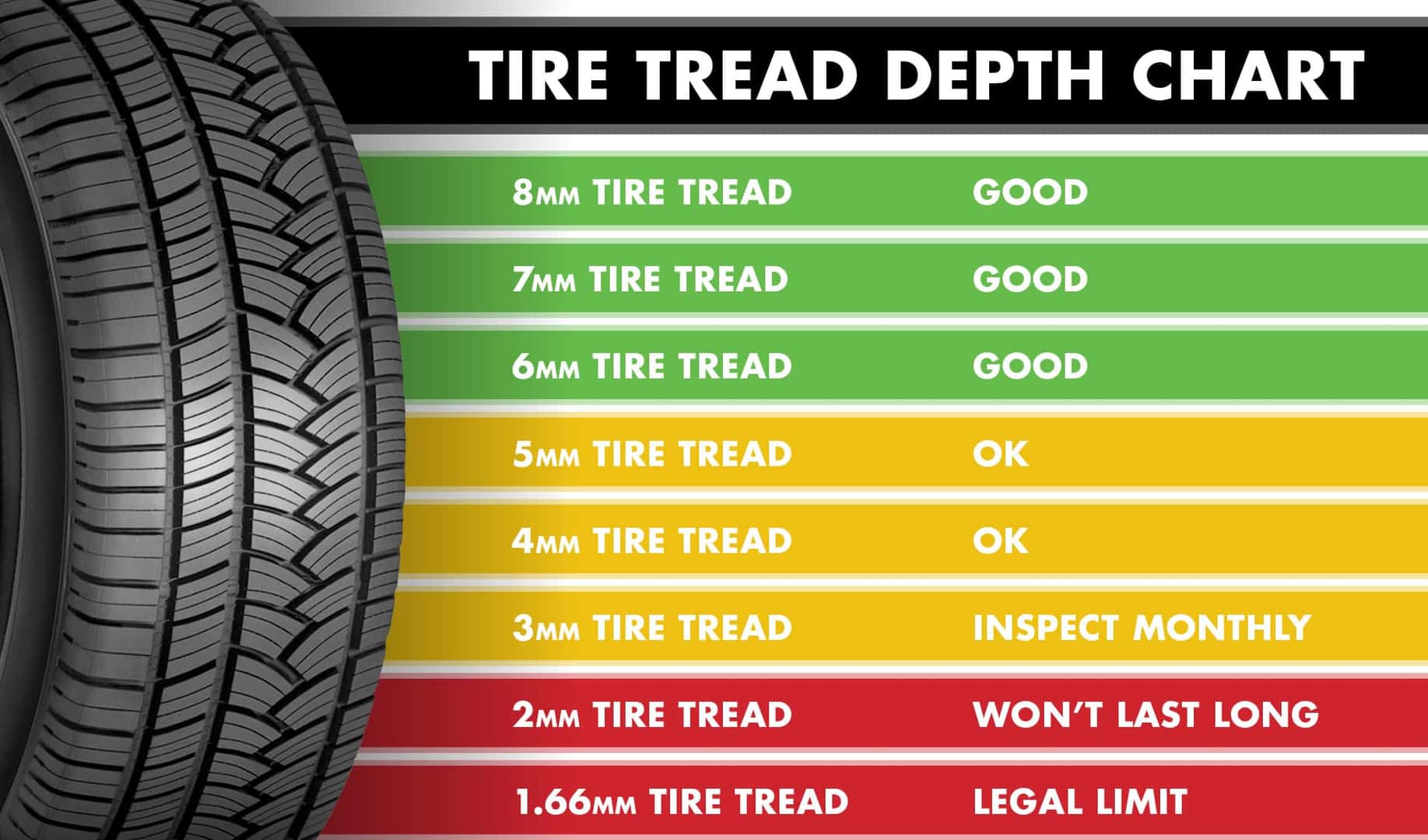
The average lifespan of a tyre is approximately four years. However, this can vary greatly depending on the type of tyre, driving habits, and road conditions. For example, tyres used in off-road applications or in areas with harsh winters may only last two to three years.
How to tell if your tyres are too old

It’s important to know when your Tyre Manufacturing Date as tyres have a limited lifespan. The tyre age can be found on the sidewall of the tyre, and is usually represented by a four-digit code. This code indicates the week and year that the tyre was manufactured. For example, a tyre with a code of 1309 was manufactured in the 13th week of 2009.
As tyres age, they deteriorate and become less effective at gripping the road. This can lead to reduced performance and increased braking distances, which can be dangerous. If you’re not sure how old your tyres are, it’s best to get them checked by a professional. They will be able to tell you if your tyres are too old and need to be replaced.
The dangers of driving on old tyres
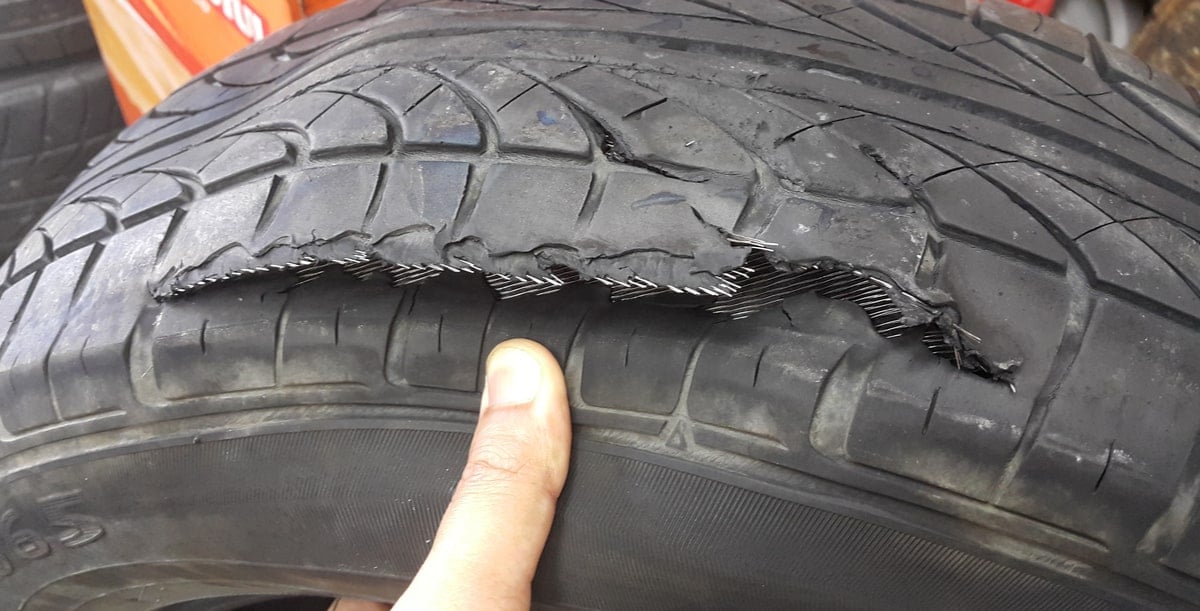
One of the most important safety features on your vehicle is its tyres. Tyres play a vital role in gripping the road, providing stability and stopping power. That’s why it’s so important to make sure they are in good condition.
However, many people don’t realise that tyres have a shelf life and will eventually need to be replaced – even if they look fine on the outside. Driving on old tyres is extremely dangerous and can put you and your passengers at risk. Here’s what you need to know about the dangers of driving on old tyres.
Tyres deteriorate over time

Even if you don’t use your car very often, tyres will still deteriorate over time due to exposure to the elements. UV rays from the sun can cause cracking and drying out, while heat and cold can also cause tyre damage. If tyres are not stored properly, they can also become deformed. All of these factors can lead to reduced grip, increased wear and tear, and eventually tyre failure.
Must Read Our Article
What are auto warranties and how have they evolved?
Old tyres are more likely to fail
As tyres age, they become increasingly likely to fail. This is because all of the above-mentioned factors weaken the tyre structure and make it more susceptible to punctures, blowouts and other failures. In addition, old tyres are more likely to develop tread separation – where the tread comes away from the rest of the tyre – which can be extremely dangerous at high speeds.
How to keep your tyres in good condition
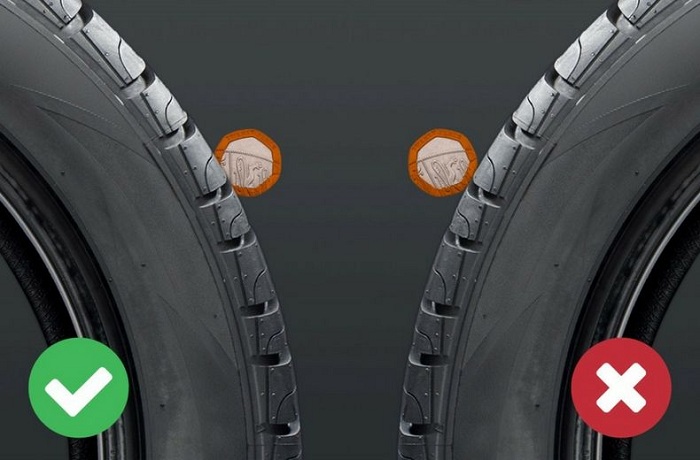
It is important to keep your tyres in good condition so that they can last longer and perform better. Here are some tips on how to do this:
1. Check the tyre pressure regularly. This should be done at least once a month, and preferably more often if you do a lot of driving. Use a digital tyre pressure gauge to get an accurate reading.
2. Inspect the tyres for any signs of wear or damage. Look for cracks, bald spots, or objects embedded in the tread. If you see any of these, it’s time to replace the tyres.
3. Rotate the tyres regularly. This helps to even out the wear and tear on all four tyres. most mechanics will recommend doing this every 5,000 kilometres or so.
4. Keep the tyres clean. Washing them with soap and water helps to remove dirt and grime that can build up over time and affect their performance.
5. Store the tyres properly when not in use. If you’re not going to be driving for a while (such as during winter), make sure to store the tyres in a cool, dry place away from direct sunlight
Conclusion
It is important to be aware of when your Tyre Manufacturing Date as this can help you determine their safety, lifespan and performance. We hope that our tyre manufacturing date guide has provided you with the necessary information you need to find out how old your car tyres are. Knowing the age of your tyres may help save you money in the long run by ensuring that they do not wear prematurely or become unsafe before their time. So take a few moments to check out when those tyres were made!
